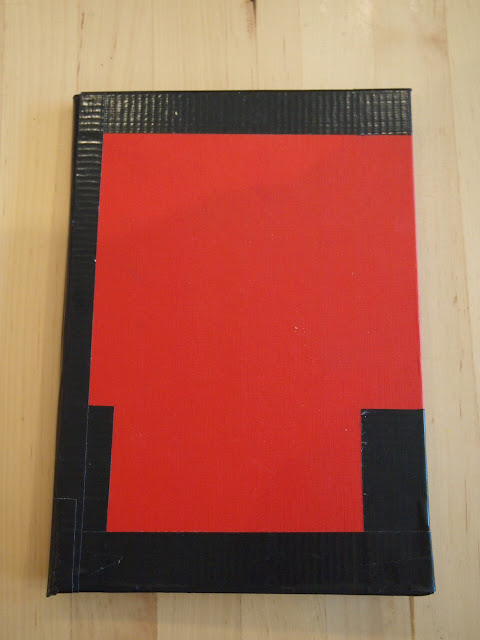My mum used to say, "Be careful what you wish for, 'cause you just might get it" - okay, she never said that really, but it makes the introduction of this post sound better if, just for now, we all try to imagine that she did. I've been banging on for months about how I've very little wood to carve and that all I've had since before Christmas is a small stock of increasingly drier ash. Well, last week, my friend Dave from school brought me in a few sections of apple boughs which, though fairly knotty overall, had some good clean sections which were very green and simply begging to be carved. I've seen loads of nice spoons and bowls made of fruit wood and it's always interesting, with nice colours going through the wood. Great!
Unable to wait to get started, that night when I arrived home from school I sawed off a small length of the apple, split it and discarded one side, which seemed to be the side where all the knots and little branches were, and proceeded to carve myself a little spoon. As I mentioned in my previous post, this went well, it was a pleasure to carve and it went without hitch. I added a little decoration yesterday.
 |
| Quite a pretty little eating spoon. |
Then I decided to put all my eggs into the apple basket, so to speak, and spent the rest of the week carving with this wood. That's when I learnt the truth about applewood (or at least the truth about this particular batch) - it's evil!! Someone who knows more about the properties of different woods might be able to tell me if this is a general apple thing, something that applies to all fruit woods, or simply a one off, but it was a really hard wood to work.
Firstly, just simply trying to split the wood was very difficult - I know this will be due partly to the greenness of the wood, but I tried first with a froe, which simply bounced off the wood every time I struck it, and then continued in this vein even with an axe, which took about 8 or 9 good solid whacks with the mallet to make any inroads. Then, when it did split it was fibrous and splintery and gave a very rough and jagged split.
Once split I decided to have a go at a couple of spoons - a dessert spoon sized serving spoon and a large ladle. As I've said previously, I like to start a spoon with as clean and smooth and flat a surface as possible so that I can draw on the outline - well that just wasn't happening.
 |
| Just look at the fibres and potential for tear-out on that! |
I tried truing up with my side axe but there was so much tear-out - those pesky applewood fibres are loyal and determined little things, they were not going to give up on each other and clung on, one to the other, regardless of what I tried to do with axe or knife.
Well, to cut a long story short, I had a rather frustrating afternoon. Not only did England loose to Wales at rugby, thus loosing the whole tournament (though I'd have been an idiot to have expected it to go any other way after watching last week's games) but I wrestled and struggled with that wood, firstly to make my ladle, which was okay but lots of hidden knots, swirls and fibre that wanted nothing more than to stand up.
Then I got quite a way through my serving spoon, only to discover a crack, that had not been there before, that simply opened up, right across the handle, meaning I had just spent the best part of an hour whittling an elaborate but tiny piece of fire wood!
Undetered, I went on to carve a second serving spoon but, already frustrated, I rushed it, didn't follow all my own rules and ended up with something that I am not too proud of. I guess I'll leave it a week to dry a bit and see if I can make a silk purse out of it when I'm not quite so wound up.
Now I should add here that I am very grateful to Dave for finding me the applewood. Given my time over, I'd no doubt do it all again, and make the same mistakes. I still have quite a bit left and intend to use as much of it as I can, I'll just have to take it easy, that's all.
 I had heard of Gibbons but knew very little about him or his work but after seeing some of his incredible, unbelievable carvings I feel like putting away my tools and never looking at a piece of wood again. You just need to watch it folks.
I had heard of Gibbons but knew very little about him or his work but after seeing some of his incredible, unbelievable carvings I feel like putting away my tools and never looking at a piece of wood again. You just need to watch it folks.

















































